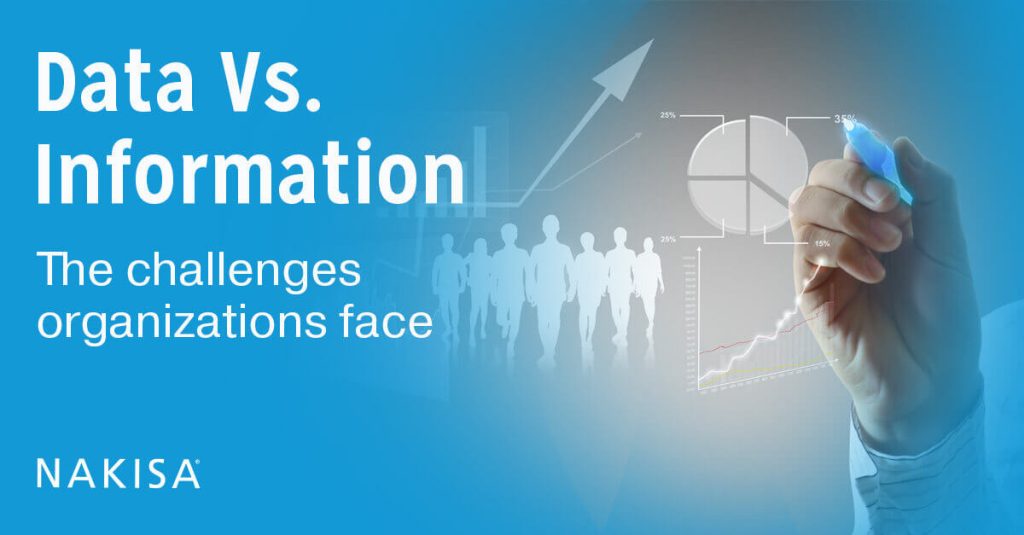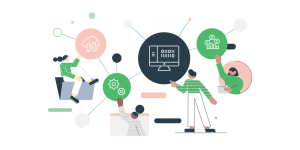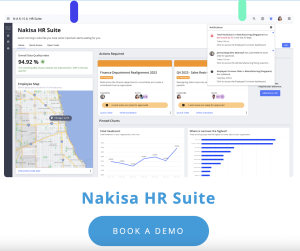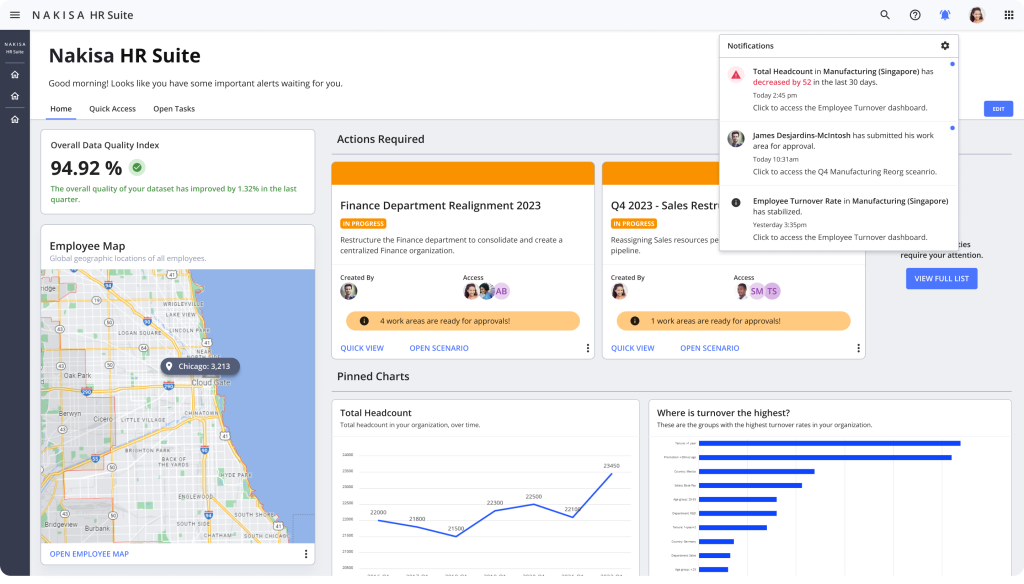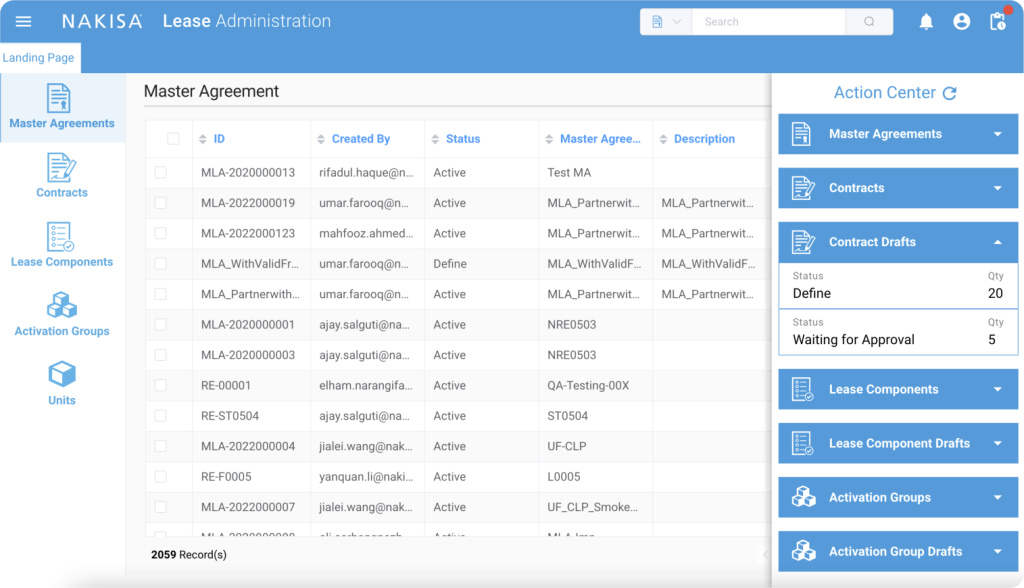When discussing organizational or talent data, the terms ‘data’ and ‘information’ are used interchangeably, however it’s critical to understand the distinction between them. In simple terms ‘data’ is the input, whereas ‘information’ is the output. The expression ‘garbage in, garbage out’ depicts how poor quality input (data) produces incorrect or inaccurate output (information). Moreover, ERP systems don’t understand and can’t interpret information. They require raw data to be input. Alternatively, humans can’t give meaning to data. We require converting the data into information that sits within a context, in order to understand what the data is saying. Translating computer language into human language has become quite a challenge, due to the volume of data that large organizations capture and the frequency in which the data gets updated. The key challenges are:
- How do you find what you need quickly, when your data is buried in spreadsheets or massive ERP systems?
- Once you find what you need, how do you give it meaning and context? How to convert large volumes of data into information?
- Even if you manage to get the information you need, how can you measure its accuracy? How do you know the data used was ‘clean’, accurate and up-to-date?
These are the challenges that organizations face in today’s digital world. Organizations collect and analyze a vast array of data, including financial, human resource, operational, assets and more. Your leaders struggle as they access the data and try to make sense of it. Their biggest enemy: Time. In today’s global economy where business conditions are changing ever so rapidly, it’s critical for leaders to know the makeup of their organization, so they can adjust course swiftly. Where do they stand in real-time, in relation to their goals and KPI’s? How quickly can they adjust course to eliminate inefficiencies that stand in the way of growth?
These problems, in conjunction with advances in technology have given birth to a new suite of software, capable of aggregating your organizational data and drilling it in real-time. Solutions that can query data to identify anomalies or errors in a matter of seconds, so that decision makers can act proactively, instead of reacting; Solutions that can convert data into information, and present it in a meaningful manner to business leaders; Solutions that can compare the current structure and budgeting against multiple what-if scenarios; And solutions that not only allow for collaboration, but promote it as the methodology to utilize.
Hanelly is the latest solution offered by Nakisa that enables organizations to translate their ERP data into actionable information. As a web-based solution, Hanelly can be implemented on-premise, in public or private cloud, and is ERP agnostic. For years, organizations have been collecting data, but lacked a solution that would allow them to decipher what the data is saying. Hanelly bridges this gap and provides business leaders with a 20/20 vision on the makeup of their organization. IT solutions were once considered as complimentary tools for HR specialists, however in today’s ever-changing business landscape, solutions such as Hanelly have become a necessity.
If analytics is the key to success, Hanelly is the vehicle that will take organizations there. The data is already being captured; Targets and KPIs have been set by the leadership team; Hanelly is the link that connects the two and identifies the gaps.
